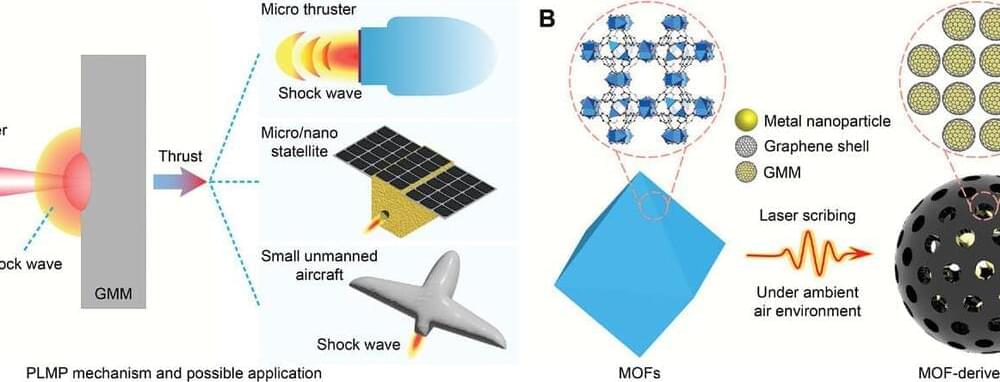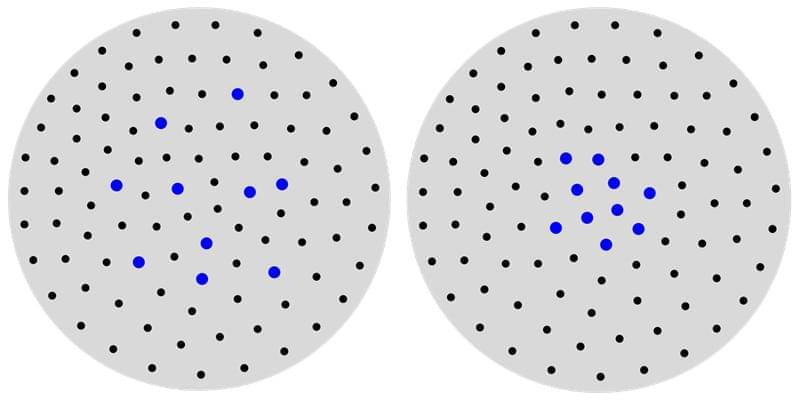I wonder if the common relativistic wave equations contain a sort of soliton solutions, which might be considered as particle localisations.
Get the latest international news and world events from around the world.

ABC7 Exclusive: New study reveals promising results for age reversal pill on dogs
Next trial will be 10 dogs. And human trials for osteo-arthritis in late 2025.
SARASOTA, Fla. (WWSB) — We’ve all heard the phrase 50 is the new 40″ but what if 90 became the new 40? It may sound like science fiction but authors of a new age reversal study on dogs say it could be closer than you think.
One Suncoast rescue organization was granted permission to use the age reversal pill on two of it’s senior dogs struggling with health issues.
Less than six months ago, 12-year-old German Shepard Zeus was near death. His caretaker, Marsha Panuce at Donte’s Den in Myakka City, says she woke up one morning in March to find the dog clinging to life.

Your Memories Are Like Paintings
Our brains constantly retouch the past with the colors of the present, putting a fresh version of ourselves on display.
Our brains are not designed to give us the entirety of reality.
Remembering is dominated by the perspective we have in the moment.
Insights in 2023’s Why We Remember by Charan…
Understanding that memories are interpretations can transform you.
AI Doesn’t Actually Pose an Existential Threat to Humans, Study Finds
Science fiction is riddled with artificial intelligence going rogue and turning on their human creators. HAL-9000. The Matrix. Skynet. GLaDOS. Cylons. Humanity, it seems, has a deep fear of the rebellion of the machine.
With the rise of ever more sophisticated large language models (LLMs), such as Chat GPT, the question of what dangers AI may pose has become even more pertinent.
And now, we have some good news. According to a new study led by computer scientists Iryna Gurevych of the Technical University of Darmstadt in Germany and Harish Tayyar Madabushi of the University of Bath in the UK, these models are not capable of going rogue.
High Mushroom Intake, High Homocysteine?
Enjoy the videos and music you love, upload original content, and share it all with friends, family, and the world on YouTube.

Online Bookstore: Books, NOOK ebooks, Music, Movies & Toys
This just in!
Barnes & Noble has over 600 stores throughout the United States. Find a bookstore near you using our store locator. You can also find information on curbside pickup, store events (and virtual events), store hours, Barnes & Noble Café menus and more.
eBooks Delivered Straight to your NOOK Device or Mobile NOOK App.
Reading on the go has never been easier with our convenient NOOK eReaders and tablets. Download eBooks and read them on our free NOOK app for both Apple and Android devices. Browse millions of titles to read anywhere, anytime. Shop eBooks on a budget in our eBooks Under $2.99 collection or current best sellers in our Top 100 eBooks collection. We also have a large selection of books by indie authors. Buy the NOOK GlowLight 4 for seamless day-to-night reading, or the latest NOOK tablet for endless options at your fingertips.



